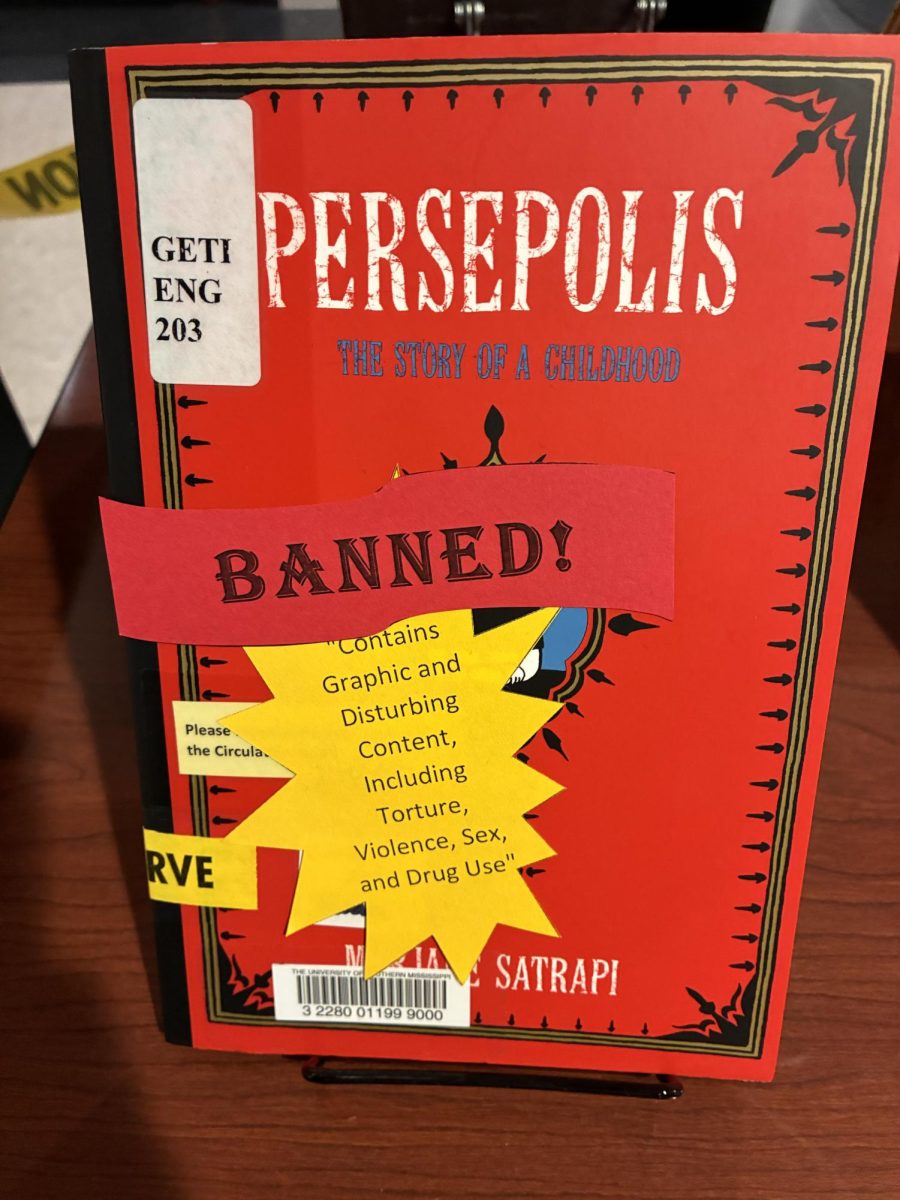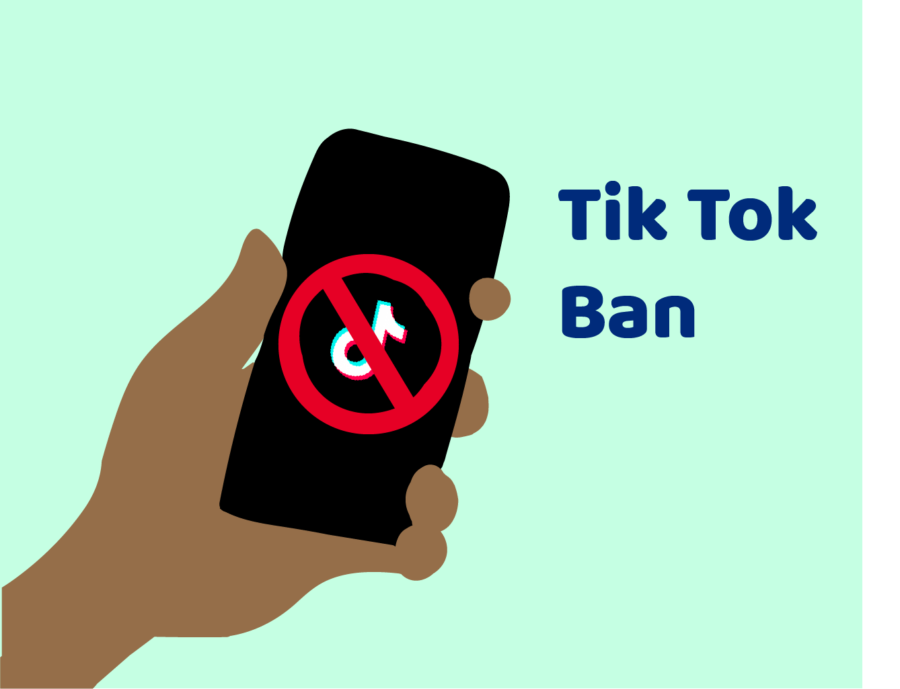On August 5, U.S. Secretary of State Mike Pompeo doubled down on President Trump’s “TikTok ban” by announcing a multistage “Clean Network” plan. This plan aims to reinforce American networks against cybersecurity threats and further protect user data. Pompeo made sure to specifically rail against the “Chinese Communist [Party’s] content censorship” in his press briefing, explicitly referencing companies like ByteDance, which owns TikTok.
This entire saga has been equal parts fascinating and frustrating. Instead of focusing on global crises such as COVID-19 or the Beirut city explosion, Trump has invested a lot of time, money and manpower in taking down a video sharing app. It’s not as though this was a national security concern last month. Many have noted Trump’s attacks on TikTok only began after users falsely inflated attendee numbers for his July Tulsa rally.
Ignoring the logistical problems of this supposed “ban” — because, no, Trump can’t actually take down TikTok — this is just another example of Trump’s ego getting in the way of policymaking. Nothing is likely to come from it.
However, as I thought more about this story, I started wondering: would anything actually be lost if TikTok was banned?
This article is not intended to rag on TikTok or say there is no value to it. I personally love TikTok. I love watching weird, funny videos from it, and I don’t want to see it disappear. However, I doubt its disappearance would be as catastrophic as others hype it up to be.
TikTok is a unique app in that its success is not entirely its own. When TikTok first achieved worldwide fame, people would often describe it as “Vine Two”. This is not a totally unfair comparison — Vine and TikTok do share similarities in the way they’re structured and marketed.
However, there are key differences between them. Unlike Vine, limited to six second video loops, TikTok’s longer video lengths allow for a much wider variety of content creators to thrive. No matter what you’re interested in — dancing, animation, acting, witchcraft, woodworking, frogs — chances are good there’s a subcommunity for it on TikTok.
This accessibility is a double-edged sword, though. In trying to cater to as many different tastes as possible, TikTok lacks the cohesive identity Vine had. There is no single style of editing or presentation unique only to TikTok. It instead piggybacks off other platforms, especially Vine, for mass appeal. To this day, one of the most frequent compliments a TikToker can get is a variation of, “This video reminds me of Vine.”
TikTok’s lack of identity means it’s very easy to find a replacement for it. Byte, for example, is an American-based video sharing app created by one of Vine’s co-founders. When Trump initially went against TikTok, Byte saw a huge spike in downloads. It’s possible that this upcoming platform, once marketed as an alternative to TikTok, may become a “TikTok Two” following the “Clean Network” plan.
There are also plenty of other ways to watch TikTok outside of TikTok. Its most popular content creators have alternate accounts on other social media websites to follow and enjoy. There are thousands of TikTok compilations available to watch on YouTube. A lot of people outside the States use TikTok, and share downloaded videos from it on their Twitter or Facebook accounts all the time.
Even if worst comes to worst and TikTok is banned, it’s only temporary. The next administration can put TikTok back on the market as soon as they’re able to. Trump’s decisions are only law as long as he is in office. Afterwards, they can be easily ignored and repealed.
Like Vine before it, TikTok would be missed if banned in America. I would miss TikTok if it was banned in America. But even if TikTok were to disappear from the face of the Earth tomorrow, I feel that things would probably stay the same.






















